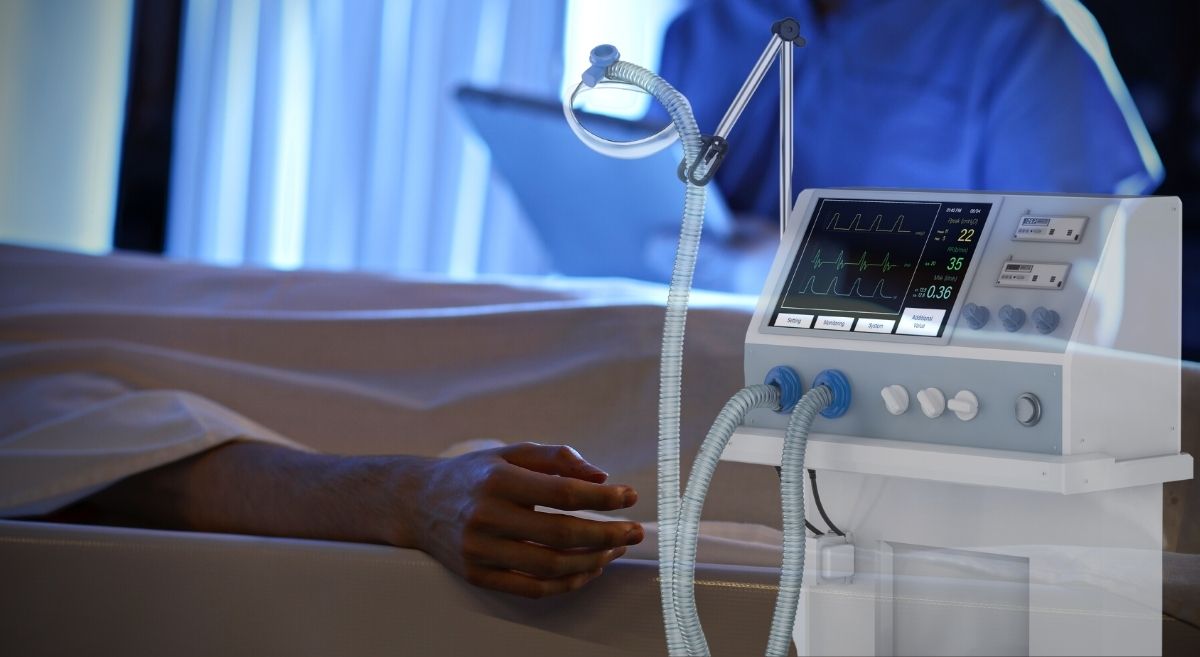Ventilators are not the solution only for patients suffering from respiratory problems but also for other life-threatening situations causing difficulty for patients to breathe including cardiovascular and renal diseases. Patients having cardiac arrest often need to be put on ventilators as other body organs including lungs fail to function properly due to malfunctioning of the heart. Ventilators, though, increase the life expectancy rate of such patients but it is not always easy to put a hard and fast percentage to the survival rate of ventilated patients with heart diseases. Moreover, a number of factors like the health condition of the patient and immunity power to fight the disease can cause this rate to fluctuate.
Let’s look into some basic factors affecting the survival rate of patients after a heart attack but first, let’s explore what exactly happens when a patient gets a heart attack.
Understanding the Heart Attack Or Myocardial Infarction
A heart attack is a myocardial infarction, MI, that blocks the blood flow inside the body for a long time resulting in damage to cardiac muscles or heart failure. The heart, due to the blockage, becomes unable to pump the blood to different organs of the body resulting the organ failure and patient collapse. Given that, the patient requires intensive care and, in most cases, ventilating support.
Factors Affecting Survival Rate of Heart Attack Patient On Ventilator
Patients, after a heart attack, become too vulnerable to measure the outcomes of ventilators on the patient. The severity of the attack and underlying damage, its effects on the body and brain, and medical care are the factors that play a vital role in determining the survival rate of patients after putting on ventilators.
The intensity of Heart Attack
It is generally seen that the survival rate of ventilated patients is low if the attack is severe. Moreover, the gap between the patient getting a heart attack and receiving medical care also directly affects the life expectancy graph of the patients. The more time, the higher the risk to life as there are chances of failure of other organs and so the death of the patient. However, this rate may change when the patient gets proper treatment in hospitals under a supervised environment and keen observation. Stats show that the survival rates of such patients can vary between 60 to 70% when the patient is transferred to ventilating machines.
Overall Health of the Patient
The survival rate of the patient strictly sticks around the age and overall health of the patient. Age is a vital determinant of the patient’s survival on a ventilator after a heart attack. Patients under 75 are generally seen to recover sooner if not coupled with other health conditions like COPD, renal failure, hypertension, and diabetes.
Quality of Care Provided to Patient
Another important factor in the determination of the survival rate of a ventilator patient and overall improvement is the quality of care given to him throughout the procedure. If a patient is taken good care of, the rate of survival will be higher. The care includes medical or health care, the use of advanced equipment, advanced clinical procedures, and specialized cardiac facilities which can highly and directly affect the time and rate of survival.
Conclusion
Studies show that the survival rate of patients who receive ventilation support after a cardiac attack generally increases if the patients are younger, physically fit, and receive timely medical care. The ventilated patients in some cases develop some physical and emotional distress and impairments as well which can directly contribute to their survival rate and time.
Want Long-Term Care For Your Ventilated Patient in Vancouver, WA, USA?
BetterOptions provide 24/7 care for ventilated patients with home-like settings. Highly skilled doctors and nursing staff is always available for the best patient care. For more information, call (+01) (360) 607-8028 OR send an email.


